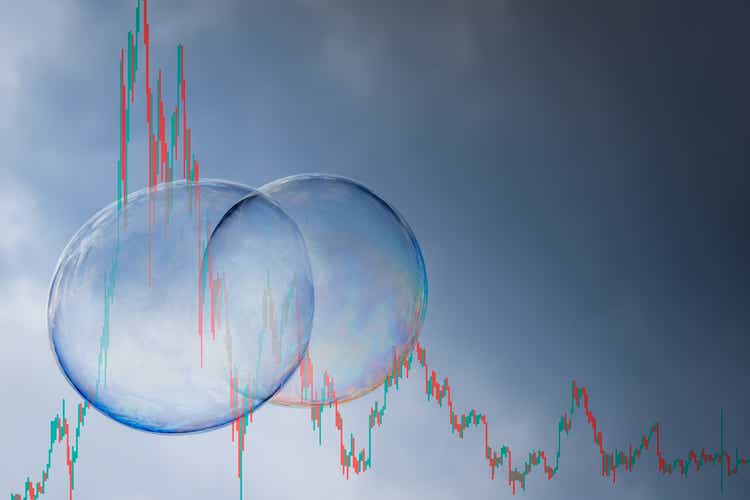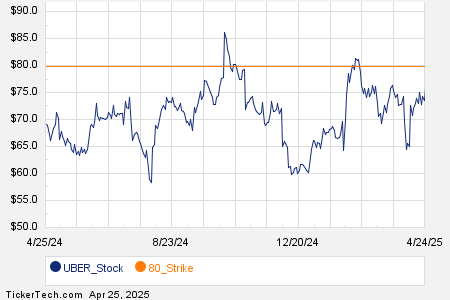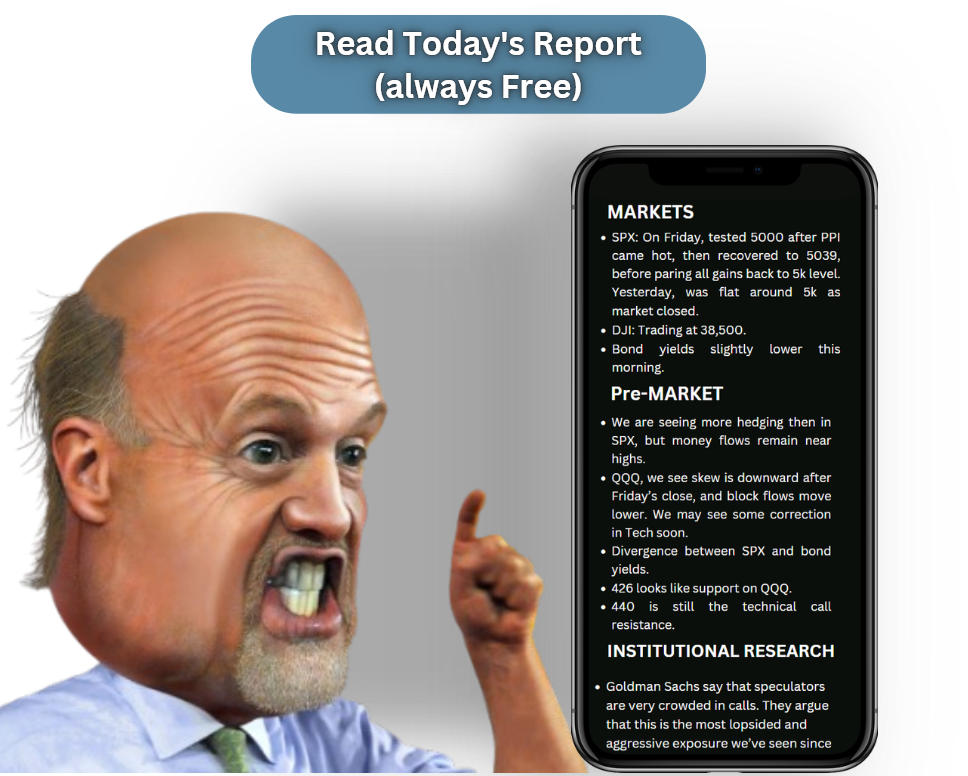
The Fed and Bubbles
As the Financial sector mulls over potential actions from the Fed, it’s worth noting that bubbles do in fact deflate as the Fed aggressively cuts interest rates.
Historically, bubbles have expanded during loose monetary policy periods, often rallying around a certain narrative, inflating valuations to unrealistic levels. Following this, the Fed moves to tighten monetary policy by raising interest rates, causing the bubbles to deflate as liquidity dries up and valuations contract.
Eventually, hikes in interest rates can invert the yield curve, leading to a recession, further accelerating the burst of the bubbles as corporate earnings dwindle. It’s during this phase that the Fed typically starts lowering interest rates, resulting in the continued deflation of the bubbles. Recessions can also spark systematic credit events, leading to forced selling and deleveraging and accentuating the stock market selloff, with the Fed responding by aggressively cutting rates and expanding the balance sheet to boost liquidity.
However, it is important to note that the purpose of monetary policy tightening, especially when it eases during a recession and credit events, is to stimulate the economy and protect the financial system from collapse, obviously not a good sign for risky financial assets.
The Fed can also aim to implement interest rate normalization when the initial interest rate hiking campaign does not produce a recession, and inflation falls toward the target. However, this is a rare occurrence historically, only happening in 1995 in recent times, leading to positive responses in risky financial assets.
The “Bubble” in QQQ
The Exchange Traded Fund (ETF) tracking the NASDAQ-100 Index (NASDAQ:QQQ) currently trades at a ttm PE ratio of 29 and a forward PE ratio of 28. While this doesn’t classify as a bubble, valuations are stretched, making QQQ overvalued. Additionally, the big tech stocks included in QQQ are heavily weighted in the S&P 500 (SPY), which is also overvalued with a PE ratio over 21.
Following a super-performance of over 50% in the last year, QQQ is now at an all-time high, matching the previous peak, despite the 30%+ bear market drop in 2022.
Given the valuation concerns and the technical “double top” formation, the question arises – is QQQ a bubble waiting to burst?
QQQ experienced a significant drop in 2022 due to the Fed’s aggressive interest rate hikes in response to the post-pandemic inflationary shock. This set off the initial phase of the bubble burst, which was expected to be followed by a recession, causing earnings to drop, and valuation multiples to contract, possibly leading to a 50% crash. However, the recession did not materialize, and the disinflationary process developed faster than expected, enabling the Fed to lower interest rates without inducing a recession.
Now, with the prospect of interest rate normalization, the risk lies in the lagged effects of previous rate hikes causing a recession and a possible credit event. Lowering the Federal Funds rate back to the neutral level quickly and aggressively could potentially prevent a recession, decrease the probability of a significant credit event, and support the growth of overvalued big tech stocks while earnings continue to grow.
What Lies Ahead
Could QQQ enter a parabolic uptrend as the Fed normalizes interest rates, akin to the situation in 1995? With the GenAI theme in the mix, and provided the widespread and effective implementation of technology, the possibilities are boundless. However, given the current uncertainty about GenAI monetization and the Fed’s ability to achieve a soft-landing, a cautious “HOLD” seems wise for now.
The market’s evaluation of the timing and scope of the Fed’s interest rate normalization at the beginning of 2024 resulted in a 2% dip in QQQ, possibly escalating into a correction. Despite this, a crash or a new bear market seem unlikely at this juncture, especially with the anticipation of the Fed cutting rates in 2024. In this environment, and as long as a recession remains unlikely, “bubbles” tend to stay afloat in the face of rate cuts.


